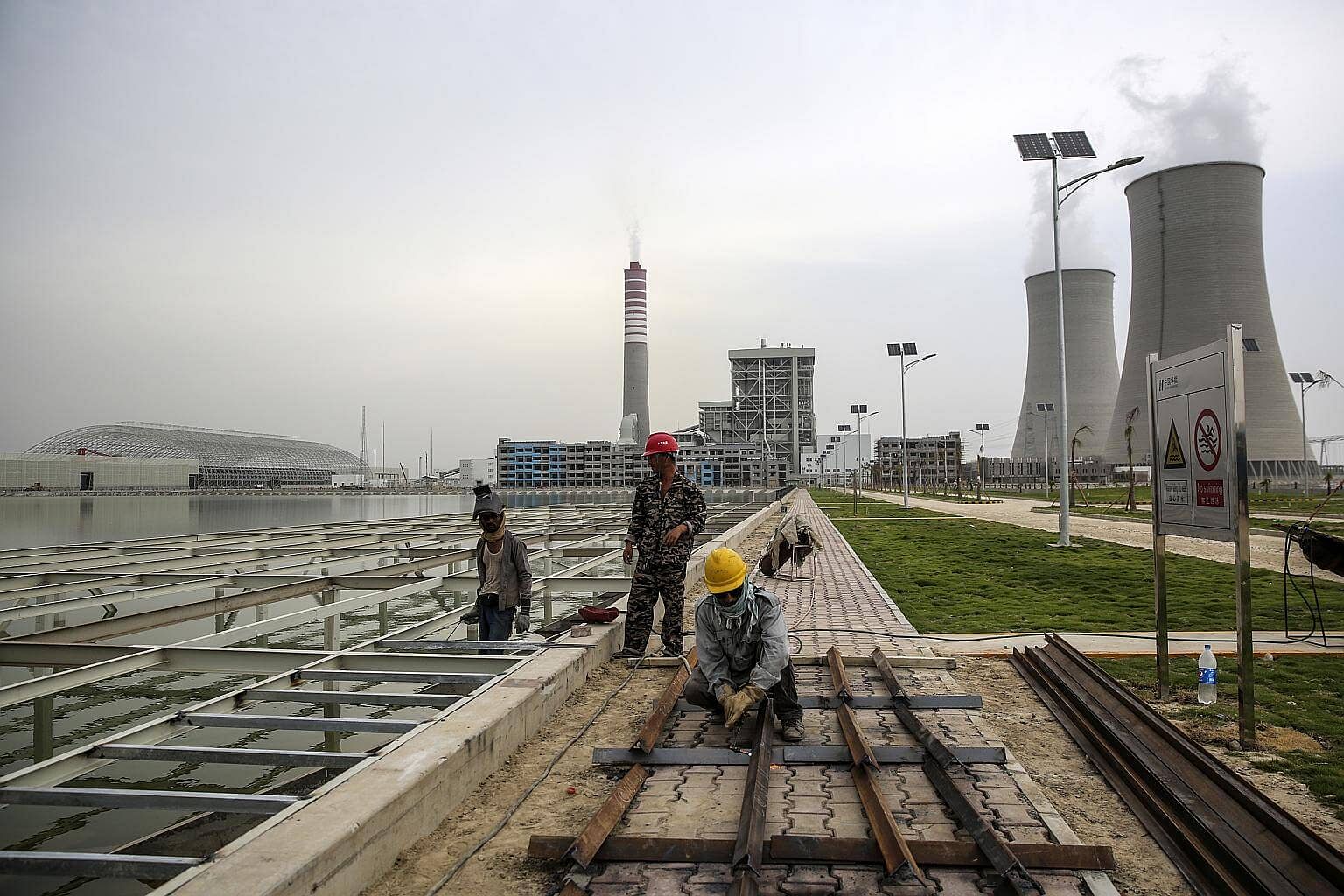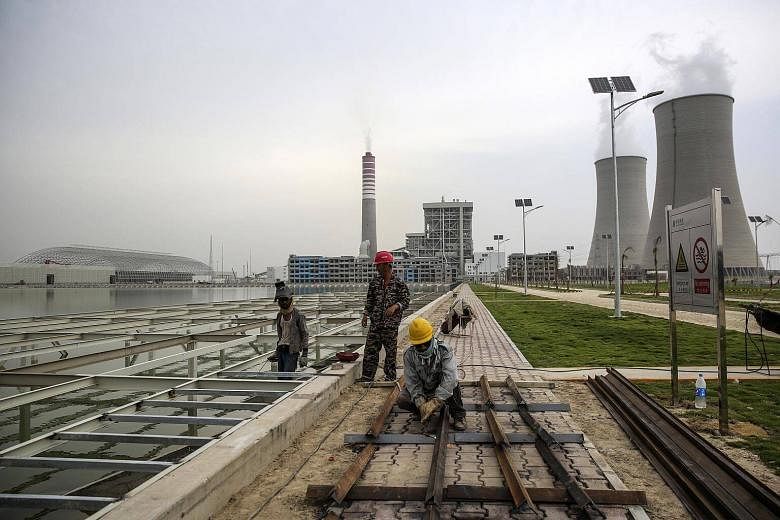There is no doubt that the China-Pakistan Economic Corridor (CPEC), with a total outlay in excess of US$62 billion (S$84.5 billion), is a key pillar of China's One Belt, One Road (Obor) programme.
Coverage of the CPEC, however, has focused on only a sliver of Chinese interests in Pakistan: development of road and rail infrastructure to link Xinjiang to Gwadar, known as the western corridor, and investments in Pakistan's crippled power sector. While critical components of CPEC, these investments are what the government of Pakistan calls "early harvest" projects meant to kick-start the economy. The real thrust of CPEC comes after.
Attention to what comes after these "early harvest" projects was first drawn by Pakistani newspaper Dawn in an article by Khurram Husain. According to the Long Term Plan acquired by the paper, the main focus of Chinese interest in Pakistan is the country's agricultural sector.
China is interested in leasing "thousands of acres of agricultural land" to set up "demonstration projects" in Pakistan. To facilitate these investments, the Chinese government would "actively strive to utilise the national special funds as the discount interest for the loans of agricultural foreign investment".
Recent events in Pakistan suggest that there is increased focus on these investments. Pakistan recently released the National Food Security Policy, which lays out plans to develop "agricultural development zones" as part of CPEC. The policy document lays out several objectives that can be achieved through the development of these zones, such as increasing yields and benefiting farmers.
A delegation of Chinese entrepreneurs also visited Islamabad last month to discuss Chinese investments in Pakistan's agriculture sector. Qatar, given the country's blockade by Saudi Arabia and the United Arab Emirates and close business ties between Qatar's ruling al-Thani and Pakistan's Sharif families, has also sent its own trade delegation to Pakistan to discuss similar investments.

There is no doubt that Pakistan's agricultural sector and food supply chain need both foreign expertise and capital. India, which also needs investments to develop modern food-processing and cold-chain logistics capabilities, has been making policy changes to attract companies such as Walmart and Amazon.
Given Pakistan's burgeoning population, stagnant yields and the negative impact of climate change on food security, it is essential for the country to modernise its agricultural sector. Sophisticated agricultural and food-processing capabilities will not only increase output and efficiency, but also enable Pakistan to export its agricultural products to countries such as China and Qatar.
Pakistan's current account deficit has widened to a record US$12 billion and, with exports at a six-year low, the country needs to diversify its export base to meet its loan-repayment obligations and prevent a balance of payments crisis.
What is of concern, however, is the way the programme is being rolled out. The government-run CPEC website, which is meant to be an information portal for all CPEC projects, contains no information about these agricultural zones. There has been no debate in Parliament about Chinese investments in agriculture and, besides the National Food Security Policy document, no official policy document has laid out a framework that governs significant investments in Pakistan's agricultural sector.
In a country where politically connected power brokers continue to control vital sectors of the economy, the lack of transparency makes it likely that new investment opportunities will be captured by the elite. These power brokers, many of whom do not pay taxes, have resisted efforts to push through structural reforms in the economy, particularly those that seek to loosen their grip on power and tax their wealth.
There is also the issue of Chinese domination of Pakistan's economy at the expense of local industry.
Given the secretive nature of these deals and no local-sourcing and hiring guarantees, Chinese companies may not source inputs and labour from Pakistan, dampening the benefits of increased Chinese participation for the local economy.
There is absolutely no debate on how Pakistan will deal with China if a macroeconomic crisis makes it unable to meet repayment obligations. During such a crisis, will China bail out Pakistan or ask the country to go back to the International Monetary Fund? In exchange for a bailout, will Pakistan agree to give Chinese enterprises full or part ownership of leased assets such as agricultural land?
Pakistan's Attorney-General has said that "a bilateral institution for arbitration" is being discussed so that the two countries do not have to refer their cases to international arbitration, but it is anyone's guess as to how this institution will function.
The real focus of the CPEC is more than simply connecting Xinjiang with Gwadar, and it is important to focus on what comes after Chinese-backed infrastructure and power projects in Pakistan.
For countries participating in Obor, what Pakistan signs up for could determine the nature of the deals China negotiates with other Obor participants.
- The writer is a South Asia analyst at Albright Stonebridge Group in Washington.

